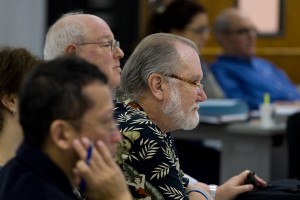I finally finished reading Miracle at Philadelphia by Catherine Drinker Bowen. It’s a great book that really puts into perspective how we wound up with our constitution. And how close it came to never happening, and then to not being ratified. It’s pretty amazing that neither John Adams nor Thomas Jefferson were there. Both were in Europe that summer. George Washington and Benjamin Franklin “laid their shoulders to the great points, knowing that the little ones would follow of themselves.”
Anyway, there is a great comment on John Marshall that I want to remember. The scene is the convention in Virginia brought afterwards to consider adopting the new constitution.
John Marshall, now in his thirty-third year, was a great strength to the Constitutionalists. Ruddy and handsome, with wild black hair, a piercing dark eye, as a concession to the occasion he had draped his tall frame in a new coat which however had cost but a pound and looked it. The assembly knew Marshall, respected him for his soldierly record in the Revolution and loved him for his sociability – which says Grisby primly, at times verged on excess.
John Marshall was with Washington at Valley Forge.
I want to add a quote from a poem at the end of Ms. Bowen’s Preface to the book:
If all the tales are told, retell them, Brother,
If few attend, let those who listen feel.






